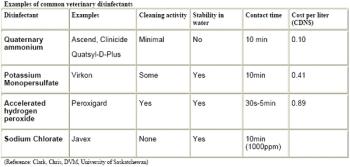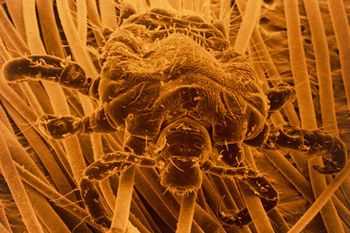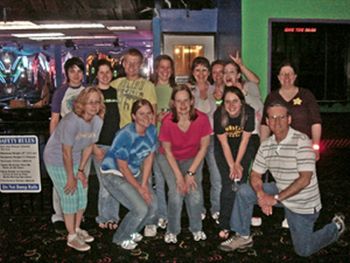
Calm clients' concerns about pet diabetes

Here's an example of how non-veterinary equipment can help you get organized.

Hold a charity dog wash to give back to your community

Overwhelmed by the thought of recommending pet insurance because of the administrative work involved? Don't fret. These tips can simplify the process and make pet insurance pay for your veterinary practice.

National report - The required signing of a form that acknowledges animal use in circuses, rodeos and other events has some veterinarians questioning the American College of Animal Welfare's mandate.

Give team members a birthday they'll never forget

Tips on performing skin cytology, dermatophyte cultures, and more.

Nosocomial infections are defined as infections that are neither present nor incubating at the time of hospital admission. Nosocomial infections range from mild to severe, depending on the affected system and resistance of the bacteria. On average, human nosocomial infections result in a 2.5 times longer length of stay in hospital.

The body fat index expands on the current body condition score.

Making yourself an essential cog in the practice is beneficial for your career and your personal well being.

Forget vampires. Meet five blood-sucking creatures-veterinary edition. From fleas to lice, be warned: They want to suck clients' and pets' blood!

Portland, Ore., tops the list of Best Places to Live with Pets, according to a new report from Livability.com.

What happens when cats and dogs aren't the "babies" in the family anymore?

Celebrate National Pet Obesity Awareness Day by finishing a short survey.

Students in credentialed veterinary technician programs from more than 160 schools are eligible.

Geographic-specific apps mean the future is now for your veterinary practice

Prospective employers "dislike" what they find online about job candidates.

Could your veterinary team members be just as happy-and productive-as these who are attend off-site team-building retreats?

Use bandaging wrap to help identify drugs

Don't dismiss clients' requests-no matter how absurd they may be.

Use these tips to sabotage your practice-and your livelihood

Clients' requests can be downright bizarre sometimes. Just look at these outrageous stories readers shared with us.

Escape the daily drama and improve vision planning and team bonding with an annual practice retreat.

All veterinary team members play a role in providing patients safe anethetic experiences.

Team-building retreats leave your veterinary team stronger, happier, and more efficient. Here's your guide to planning one.

Anesthesia is a vital inclusion in any clinic's medical practice, but it does come with risks. By avoiding these common mistakes, your patients will receive a safer anesthetic experience.

Video cameras reveal what really goes on-and wrong-in your exam room.

Use calendar cards to help veterinary clients stay on schedule.

Don't assume dental procedures are of little anesthetic risk.

Watch feline veterinarians describe why each cat should get its own towel and enjoy its own carrier.